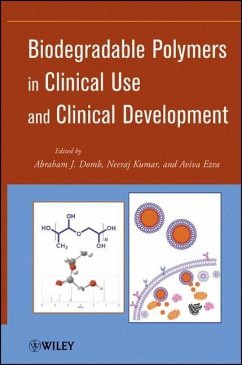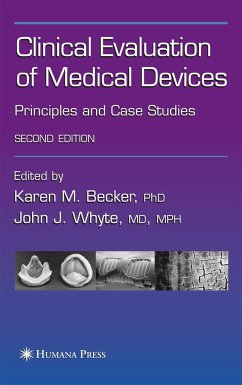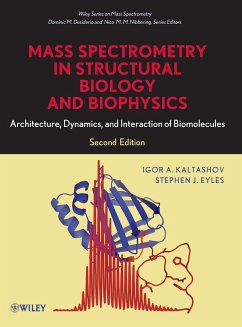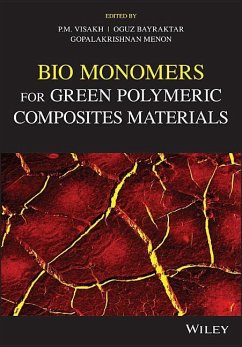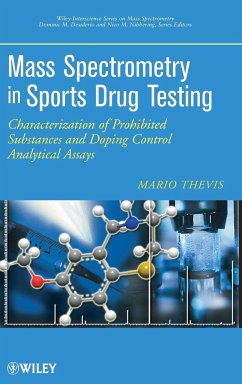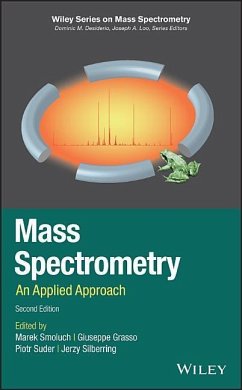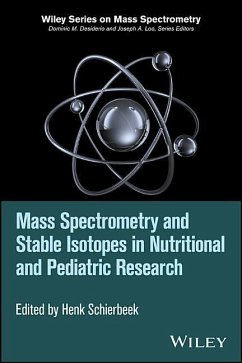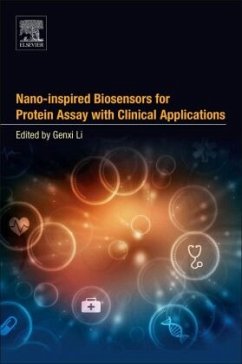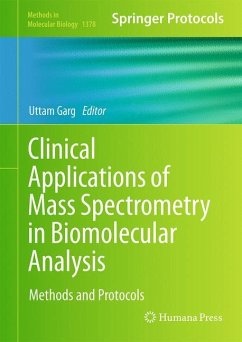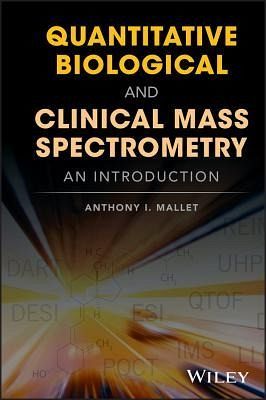
Quantitative Biological and Clinical Mass Spectrometry
An Introduction
Versandkostenfrei!
Versandfertig in über 4 Wochen
77,99 €
inkl. MwSt.
Weitere Ausgaben:

PAYBACK Punkte
39 °P sammeln!
A basic overview of mass spectrometry relevant to life and health science applications, illustrated throughout with relevant case studies This introductory text provides information and assistance to new users of mass spectrometry (MS) working in clinical or biochemical fields who are faced with implementing and designing quantitative mass spectrometric assays for a variety of classes of molecules of biological interest. It presents a detailed discussion on how to optimize measurement parameters for a candidate reference quantitative analysis, including calibration procedures, sensitivity, rep...
A basic overview of mass spectrometry relevant to life and health science applications, illustrated throughout with relevant case studies This introductory text provides information and assistance to new users of mass spectrometry (MS) working in clinical or biochemical fields who are faced with implementing and designing quantitative mass spectrometric assays for a variety of classes of molecules of biological interest. It presents a detailed discussion on how to optimize measurement parameters for a candidate reference quantitative analysis, including calibration procedures, sensitivity, reproducibility, speed of assay and compliance with regulatory authorities. Quantitative Biological and Clinical Mass Spectrometry uses examples where development has not been immediately successful but where unforeseen problems have arisen and describes the strategies used to solve these. Advances in addressing the very large numbers of clinical samples that arise on routine screening programs such as those involved in inborn errors of metabolism studies are discussed. Direct mass spectrometric based analyses applicable to point of care testing (POCT) situations are also covered. The book concludes with a short section on possible novel developments, bibliography, references, and a glossary of terms. * Shows how the presence of false results can be detected and understood * Describes the 'parts' of modern instruments from sample introduction through ionization, mass analysis and detection, and the variety of techniques of tandem mass spectrometry * Discusses the requirement for specificity in an assay method * Fully illustrated throughout * Highly relevant to all key areas of mass spectrometric analysis Quantitative Biological and Clinical Mass Spectrometry appeals to those newly exposed to the use of combined chromatography and mass spectrometry for analysis of biological material and to scientists experienced in automated clinical analysis using immunoassays or who are new to mass spectrometry




